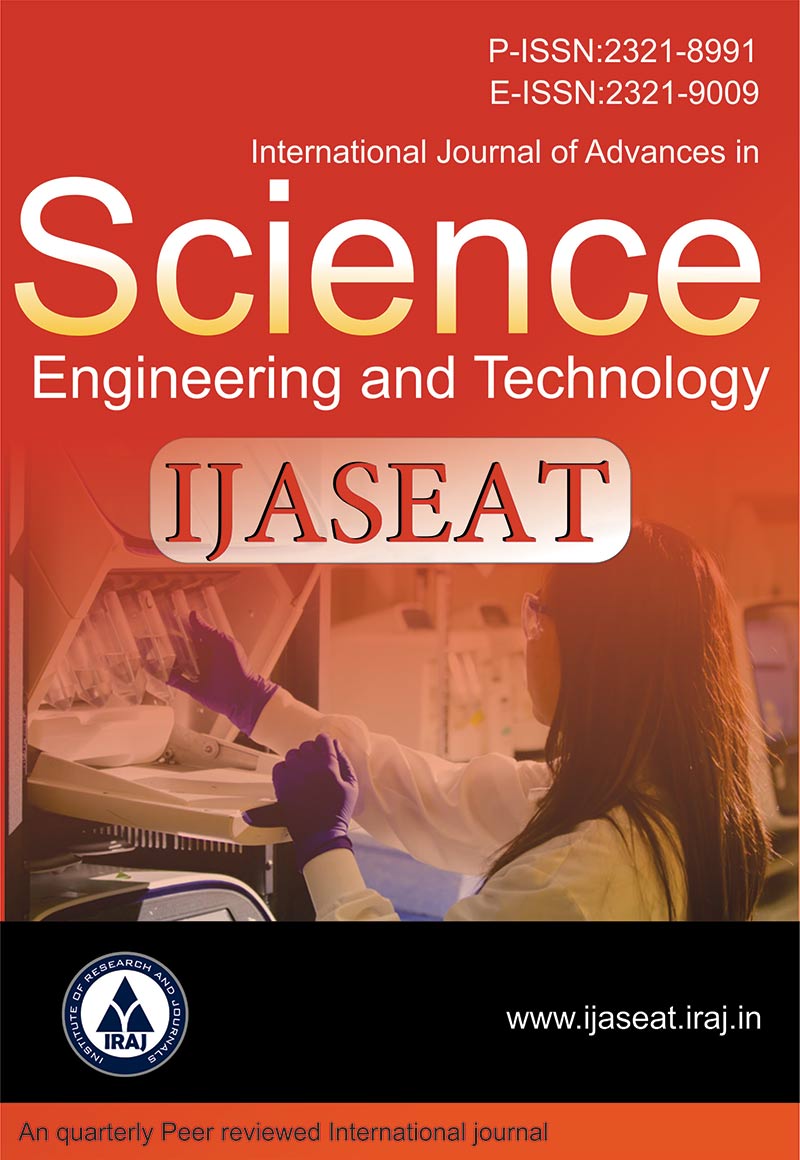Publish In |
International Journal of Advances in Science, Engineering and Technology(IJASEAT)-IJASEAT |
 Journal Home Volume Issue |
||||||||
Issue |
Volume-6, Issue-4, Spl. Iss-2 ( Dec, 2018 ) | |||||||||
Paper Title |
Mabe Pearls (Pteria Penguin, Roding, 1798) Grown from Nuclei Placed in Different Positions | |||||||||
Author Name |
Kannika Kanjanachatree, Napapit Limsathapornkul, Amorn Inthonjaroen, Raymond James Ritchie | |||||||||
Affilition |
Faculty of Technology and Environment, Prince of Songkla University Phuket Campus, Kathu, Phuket 83120 Thailand Phuket Pearl Industry, Co. Ltd, Phuket, Thailand | |||||||||
Pages |
43-48 | |||||||||
Abstract |
A study was made of the success rate and growth of half-pearl implantations in the Mabe pearl oyster (Pteria penguin, Roding, 1798). Implantations were made near the adductor muscle (#2), mantle edge (#3) and at an intermediate Position (#1). The rejection rate at Positions #1 & #2 (14.5 & 14% respectively) after 10 months were significantly lower (p < 0.05) than at Position #3 (19.0%). The lowest mortality was found for oysters with an implant at Position #3 (26.0%) but this was also the position from which the oysters were most successful in rejecting the implant (19.0%). Oysters implanted at Positions #1 & #2 had higher final total mortalities that were not significantly different (35.0±6.7% & 32.0±6.5% respectively). Position #1 had the overall 10 month worst success rate (26.0±6.1%), taking both rejection and mortality into account. About 15-20% of total losses were due to implantation failure and mortality in the first month: the average rate of loss of half-pearls was 3.33±0.274% per month (n = 30). There is a trade-off between growth into larger half-pearls and relentlessly decreasing overall survival. A Profitably Index shows that the best harvesting times are 8 to 10 months: any gains from extra growth over this time are offset by loses of half-pearls. The Pearl farm was located in Sapum Bay, Muang, Phuket which is a well mixed bay on the east coast of Phuket Island: the overall mean Secchi depth was 98.4±2.75 cm, the air temperature was 28.3±0.7 oC, the water temperature was 27.9±0.9 oC and the salinity was 29.7±0.17 ppt. Chlorophyll (Chl) content of the plankton (average total Chl a ≈ 0.8 to 1.0 μg/l) tended to be higher during the Dry season (Dec–Mar, Feb maximum 1.07 ± 0.05 μg/l) than in the Wet season (Apr–Nov) with no large changes in Chl ratios over the course of the study. Keywords - Pteria Penguin; Aquaculture; Pearl Quality; Implant Rejection; Mortality; Nucleus Placement. | |||||||||
| View Paper | ||||||||||